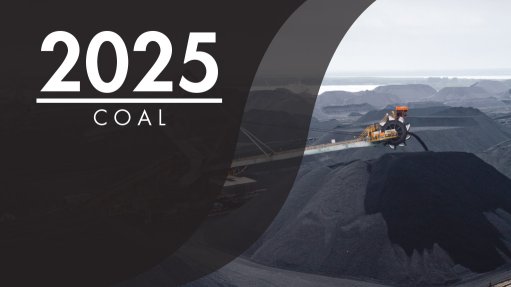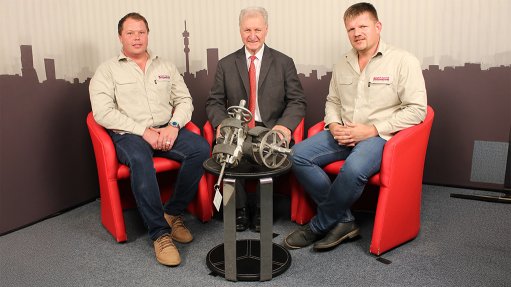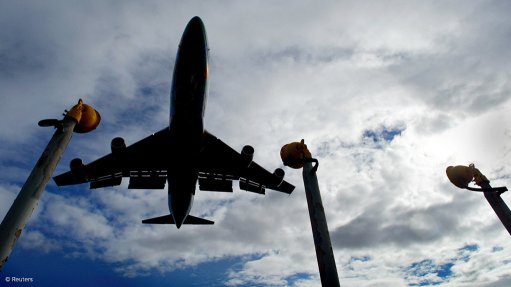Future urban centres and role of innovative city planning for energy systems
After a long process of consultation, the Integrated Urban Development Framework (IDUF) has been released for further discussion and debate.
The IDUF is a slim document but contains numerous ideas and thoughts on how to take forward the National Development Plan’s objectives of ensuring South Africa’s cities become the hub of economic growth and job creation. Cheap and affordable energy will be a key to successful city economies.
I was privileged to participate in a Development Bank of Southern Africa, National Business Initiative, South African Cities Network panel discussion on the IDUF. The IDUF is a document that presents many ways of looking at the urbanisation challenge. It is estimated that about 80% of the world’s population will be living cities in the next 30 years.
In South Africa, urbanisation is already close to 60%, and the country will most likely be more urbanised by 2030. A similar trend is emerging in the rest of Africa. In South Africa, the population will be concentrated in Gauteng, Pretoria, Cape Town and Durban. Africa has the highest rates of urbanisation at present, and this poses many challenges for planning and infrastructure investment.
Many of South Africa’s major cities already serve as economic hubs for a wider provincial economy. The IDUF’s point of departure is not to argue about whether rural is better than urban; it recognises that urbanisation is a fait accompli – the question is about how to make cities function better, making them inclusive and turning them into sources of opportunity.
Four things will define cities of the future. The first is not about how much infrastructure spend cities will make. No doubt, cities will still have to spend considerable amounts of money on a range of infrastructure to meet demand, but how do they avoid project proposals that do not make sense, are inefficient or are the result of lobbying by special-interest groups and end up being a burden on the fiscus? The challenge is also about smart choices and the ability to integrate new infrastructure that improves efficiency and ensures long-term productivity of the assets. Economists tend to favour some indicators above others, such as gross fixed capital formation (GFCF) as an indication of the scale of the spend and the concomitant economic spin-offs from such spend. South Africa’s GFCF is low, compared with its peers. However, other indicators should be included when considering the effectiveness of infrastructure investments. Is the choice made an efficient and sound one, and are productivity considerations factored into the long-term planning of infrastructure?
Secondly, decisions regarding infrastructure tend to focus on what is ‘available within sight and in the present’. However, given that infrastructure assets are long-term in nature and that, once you have made a decision to invest in them, you have committed yourself to sunk costs and a path dependence so much so that turning away from such a decision is both economically and politically not feasible.
Infrastructure commitments must take into account the possibility of disruptive technology and the potential for technological ‘black swans’ that can obliterate existing infrastructure spend and nullify the long-term social welfare benefits.
While it is hard to know exactly what will materialise in the future, it is important that some consideration be given to these trends in order to ensure a more rounded view on infrastructure investments. One area with for potential disruptive technology shifts is the domain of distributed energy systems and models that could throw out long-term investments in centralised and bulk energy infrastructure. Technologies to watch out for are renewables, smart meters, storage tech- nologies, fuel cells and modular gas technologies, besides many others.
Thirdly, the future of cities often has less to do with whether there are sufficiently skilled people and vast resources than how the teachers will be able to tap into talent and encourage a plurality of innovation and creative endeavours. No city bureaucracy or planning department is always furnished with Solomon’s wisdom or the patience of Job. Sometimes bureaucracies can be limited in terms of what they can experiment with and invest in. Prudent cities can find ways to create internal units or hubs within the city bureaucracy to be sources of new ideas, experiment with new technologies and models of planning and implementation. There are lots of innovations in the energy sector that would require a understanding of technology evolution and applications. Testing new ideas is within the where- withal of city planners and they can do so without having to disrupt the existing order and accountability obligations of city officials. Cities can also develop pragmatic relations and partnerships with agents outside the city bureaucracy that can not only deliver on existing priorities but also test new ideas so that these learnings can be fed back into city plans and budgeting processes.
The key to successful cities will come from those cities that are more adaptable to changing circumstances and context that confront them – whether these are economic or social in nature.
Finally, many cities in emerging and developing countries will have to accept that there will have to be a co-existence between formality and informality. It would be futile to imagine that informality will disappear and that out cities will one day look like New York or London.
The migration to centres of economic activity from the rural and periurban periphery to city centres is inevitable. Turning this movement of people into a positive construct will remain one of the enduring challenges to political leaders and city managers.
Article Enquiry
Email Article
Save Article
Feedback
To advertise email advertising@creamermedia.co.za or click here
Comments
Announcements
What's On
Subscribe to improve your user experience...
Option 1 (equivalent of R125 a month):
Receive a weekly copy of Creamer Media's Engineering News & Mining Weekly magazine
(print copy for those in South Africa and e-magazine for those outside of South Africa)
Receive daily email newsletters
Access to full search results
Access archive of magazine back copies
Access to Projects in Progress
Access to ONE Research Report of your choice in PDF format
Option 2 (equivalent of R375 a month):
All benefits from Option 1
PLUS
Access to Creamer Media's Research Channel Africa for ALL Research Reports, in PDF format, on various industrial and mining sectors
including Electricity; Water; Energy Transition; Hydrogen; Roads, Rail and Ports; Coal; Gold; Platinum; Battery Metals; etc.
Already a subscriber?
Forgotten your password?
Receive weekly copy of Creamer Media's Engineering News & Mining Weekly magazine (print copy for those in South Africa and e-magazine for those outside of South Africa)
➕
Recieve daily email newsletters
➕
Access to full search results
➕
Access archive of magazine back copies
➕
Access to Projects in Progress
➕
Access to ONE Research Report of your choice in PDF format
RESEARCH CHANNEL AFRICA
R4500 (equivalent of R375 a month)
SUBSCRIBEAll benefits from Option 1
➕
Access to Creamer Media's Research Channel Africa for ALL Research Reports on various industrial and mining sectors, in PDF format, including on:
Electricity
➕
Water
➕
Energy Transition
➕
Hydrogen
➕
Roads, Rail and Ports
➕
Coal
➕
Gold
➕
Platinum
➕
Battery Metals
➕
etc.
Receive all benefits from Option 1 or Option 2 delivered to numerous people at your company
➕
Multiple User names and Passwords for simultaneous log-ins
➕
Intranet integration access to all in your organisation


















